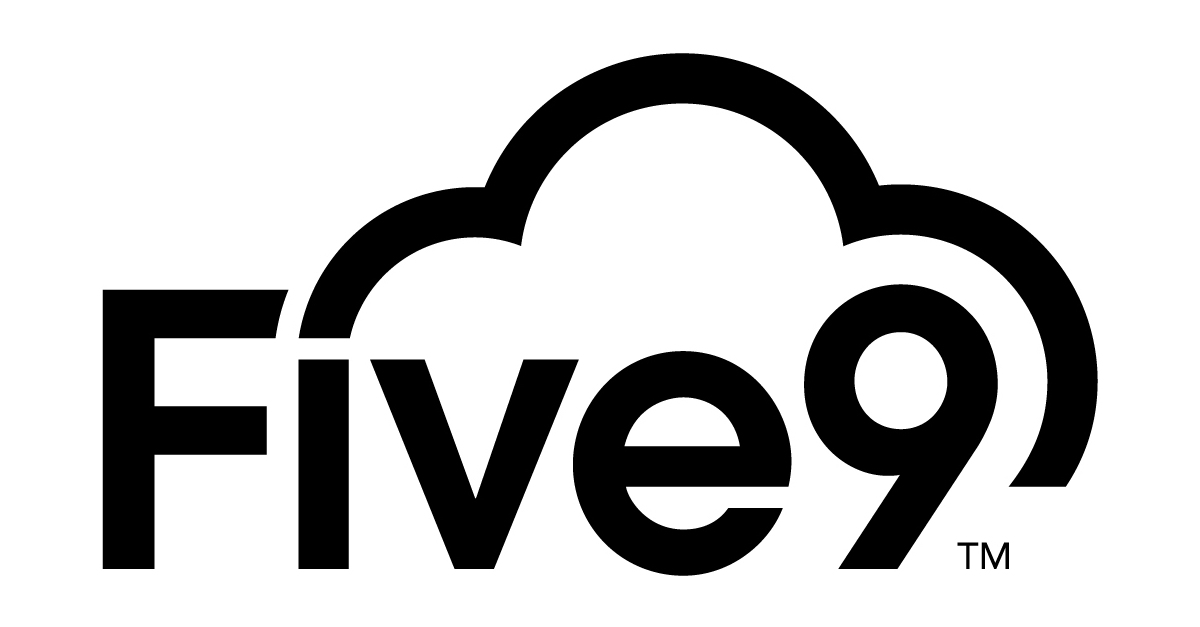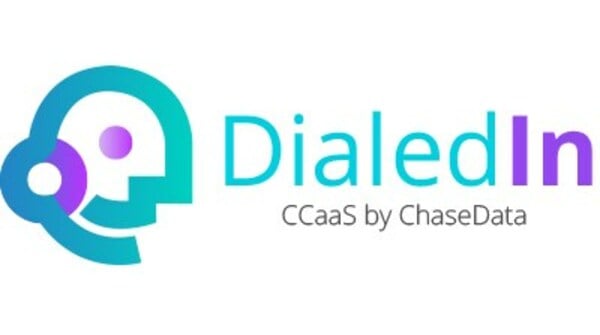- K Predictive mathematical algorithm increases live connections for agents
- K Analyzes unsuccessful calls to determine how to call back later
- K Supports multiple dialing modes to help with TCPA compliance
- K Continuously monitors agent activities & collects statistics
- K Intelligently predicts future call traffic
- K Provides agents customer information prior to dialing
- K Constantly monitors statistics such as success rate & average talk time
- K Ability to place several calls at a time per agent
- K Patented delivery method ensures every caller is greeted by an agent
- K Works with ChaseData CRM software to manage client relationships
- K Intuitive interface and no-code integrations
- K Fast and easy deployment for businesses of all sizes
- K Automatically places calls to multiple numbers/contacts at the same time
- K Bypasses busy signals, answering machines, voicemail and more
- K Programmed to avoid “Do-Not-Call” (DNC) list numbers
- K Incoming calls can be automatically connected to a live agent
- K Easy to redial the contact if they are busy or didn’t answer
- K Option for press-1 campaigns that deliver calls to agents when they press 1

- Predictive mathematical algorithm increases live connections for agents
- Analyzes unsuccessful calls to determine how to call back later

- Continuously monitors agent activities & collects statistics
- Intelligently predicts future call traffic

- Constantly monitors statistics such as success rate & average talk time
- Ability to place several calls at a time per agent

- Works with ChaseData CRM software to manage client relationships
- Intuitive interface and no-code integrations

- Automatically places calls to multiple numbers/contacts at the same time
- Bypasses busy signals, answering machines, voicemail and more

- Incoming calls can be automatically connected to a live agent
- Easy to redial the contact if they are busy or didn’t answer
What is a Predictive Dialer?
A predictive dialer is a dialing system that is designed to increase dialing effectiveness and callvolume by using machine learning. In call center environments, a steady rate of contact is needed to deliver campaign KPIs. The best predictive dialers serve as an outbound-only dialing system that uses modeling to determine when an agent is going to be free from calling. When he or she is freed up, the dialer is designed to connect the agent with a customer immediately.
This predictive dialer system is entirely algorithm-based and reduces time spent in negative dialing situations significantly. With traditional dialing methods, sales teams waste time on hold, busy signals, voicemails, disconnected numbers, or waiting for a preset number of rings before moving to the next customer. With a predictive dialer, the phone system filters out these outcomes, increasing agent productivity.
With non-predictive and manual dialing systems, contacting a potential lead can take up to five phone calls, and each of those calls can take up to half of a minute. This will result in a lower amount of live customers reached, so having a predictive dialer screening out these outcomes will deliver value.
As an agent is on the phone with a customer, the predictive dialer system will use an algorithm based on past calls to determine when the agent will finish with the current call. When the call ends, the dialer will automatically send the next call to the agent so that he or she can quickly move on. This is a means of reducing agent downtime significantly, and since customers will be handled promptly, the average handle time should decrease with a predictive dialer call center solution.
With a predictive dialer calling solution, a steady call rate is achieved by screening out these potential productivity reducers. Predictive dialers in cloud call centers and standard call centers will dial from a preset list and compute which calls in which time zones to make.
Many organizations are using VoIP-based systems for predictive dialing, and with a modern system, the cloud is used to make calls to standard PTSN and POTS lines. The best predictive dialer software allows businesses to avoid purchasing and maintaining IP-PBX boxes or installing specialized hardware for dialing processes.
A contact center that is using this kind of dialing solution will need internet-connected telephony hardware to make dial outs. This can include standard IP phones, internet intercoms, softphones, or mobile devices.
Since predictive systems utilize cloud computing to make outbound calls, this system can make simultaneous dials.
Types of Dialers
Modern contact centers use multiple types of dialers, but for centers that need a high call volumes, predictive dialer software tends to pull ahead of the other options. In addition to predictive systems, there are solutions on the market that use both progressive and power dialers to make calls. Each of the dialing systems has its advantages.Predictive vs Power Dialers
Power dialers, or rapid dialers, call numbers individually over the course of the day. Unlike predictivedialers, multiple numbers are not dialed simultaneously, so there may be a lower number of outbound calls over the course of the day. However, power dialing systems utilize a system that will determine if the call is answered, there’s a answering machine, or if there is a negative call outcome like a no answer or a busy signal. Once a customer is reached, the dialer will connect the call with an agent where he or she can address the customer.
Predictive dialers, on the other hand, take this level of automation to the next level. Unlike power dialers, there’s a pause when there is a connection after the dial. This is to ensure that the system is actually connected to a respondent and not an automated voicemail. Live customers will have to wait a brief period for the agent to come on the line, but this also reduces the chance for voicemail messages to appear on an agent’s line. This performance is improved in systems with answering machine detection.
Power dialers are useful for those cloud contact centers that require fewer contacts during a day. They provide a steady stream of calls, but without the AI component, the process is more randomized and there will be slight agent downtime. Predictive dialers also extrapolate when call center agents will be done with a call based on an algorithm, which adds accuracy to the outreach process.
Predictive vs Auto Dialers
With progressive automatic dialers, phone numbers are dialed and calls are forwarded to agents as the respondents become available. This, like power dialers, is done on a one-by-one basis, so it’s less efficient than the simultaneous dialing accomplished by predictive dialers.With this slower dialing method, there’s more dialing downtime, which is the opposite of what’s capable with a predictive dialer. Since they use algorithms to determine agent availability, predictive dialers are designed to virtually eliminate downtime, which means there’s more of a chance for conversion and positive call results in both telemarketing and cloud contact centers.
Essential Features of Predictive Dialers
With a predictive dialer, there are a few key features to consider to improve customer engagement and increase the performance of agents. Here are a few that outbound calling centers should take into account to bolster customer engagement and reduce call wait times.- Interactive Voice Response (IVR): Interactive voice response is a technology that walks an inbound or outbound caller through a series of prompts before connecting them with an agent. This is particularly useful for those organizations where information can be collected without agent interaction. Predictive dialers make the call and guide the customer to a resolution or connect them to an agent if they need more detailed help.
- Automatic Call Distribution (ACD): Call distribution works well with an IVR system because the customer can use the prompts to provide details about themselves. This information can then be routed to standard agents or escalated to a specialist agent that can give them a more personalized experience. This call routing is very useful when there’s high traffic because these gather information from customers, which keeps them engaged.
- Call Recording: In an outbound call center, it’s crucial to record calls for compliance, training, and coaching purposes. Many cloud-based predictive dialer systems have varying levels of storage and data retention rules. If an organization needs to retain data for more extended periods, then a plan should be selected that supports data archiving and large file sizes.
- Call Whisper: With call whisper, a supervisor or manager can be on the line while an agent is conversing with a customer. Should an issue arise, the supervisor can then “whisper” to the agent via text or speech that’s only received by the agent.
- Call Barge-In: This feature is similar to call whisper, but instead of the supervisor or manager being inaudible to the customer, the customer will be directly addressable by the person monitoring the call. This will allow for more specialized needs to be met.
- Do Not Call List (DNC) Functionality: Many predictive dialer contact center software solutions have DNC functionality. This allows them to automatically avoid numbers where the customer has requested to be put on a “do not call list.” Some software also will automatically add customers that request to be placed on a list.
- SMS Messaging: The machine learning software that powers predictive dialers can also be configured to send out text messages to some of the numbers on the contact list. There will need to be a supported SMS gateway for this functionality.
How Much Do Predictive Dialers Cost
Businesses may either purchase a predictive dialer by itself or as part of a more extensive softwaresuite. There was a time when cloud-based dialers weren’t so standard, making standalone dialing systems costly. It was common for contact centers to spend upwards of $25,000 for predictive dialer hardware.
For large-scale contact centers, there are still hardware-based predictive dialers, and these can quickly cost upwards of $200,000 for 80 lines. This is the reason why hosted, internet-based dialers have gained in popularity for small businesses. These may only cost about $100 to $200 per representative, per month. Some predictive dialer software providers will charge a few cents per minute. Some of these providers will have a minimum charge for access to their service.
With hosted solutions that aren’t on-premise, there’s no software to install, so agents can virtually dial from any machine. Additionally, there’s a high level of redundancy with the cloud model; if a server that hosts the software experiences problems, then dialing can continue because additional servers will pick up the slack. Cloud-based solutions are also often part of larger UCaaS packages, so users will have access to features like web conferencing and chat functionality.
With those advantages in mind, cloud-based predictive dialing solutions can fall behind when it comes to functionality since they are dependent on browsers. Also, there’s a slight security risk with information, which is why some organizations demand in-transit and at-rest encryption.
Predictive dialers increase the talk time of agents by more than 200%, and the more time spent conversing with potential customers, the higher the chance of them traversing fully through the sales funnel. Callbacks aren’t guaranteed, so every opportunity to speak with a live person is an opportunity to close. These dialers will provide an increase in sales that can range between 50% and 100%.
Cost savings are also noteworthy because the cloud structure saves on hardware and hardware maintenance. Without the need to purchase servers to handle the dialing process or hiring IT professionals to maintain these servers, the company can spend money to augment other aspects of the contact center. Hiring IT to manage server hardware can cost as much as $100 per hour, so seeking out a cloud solution is preferable for small businesses.